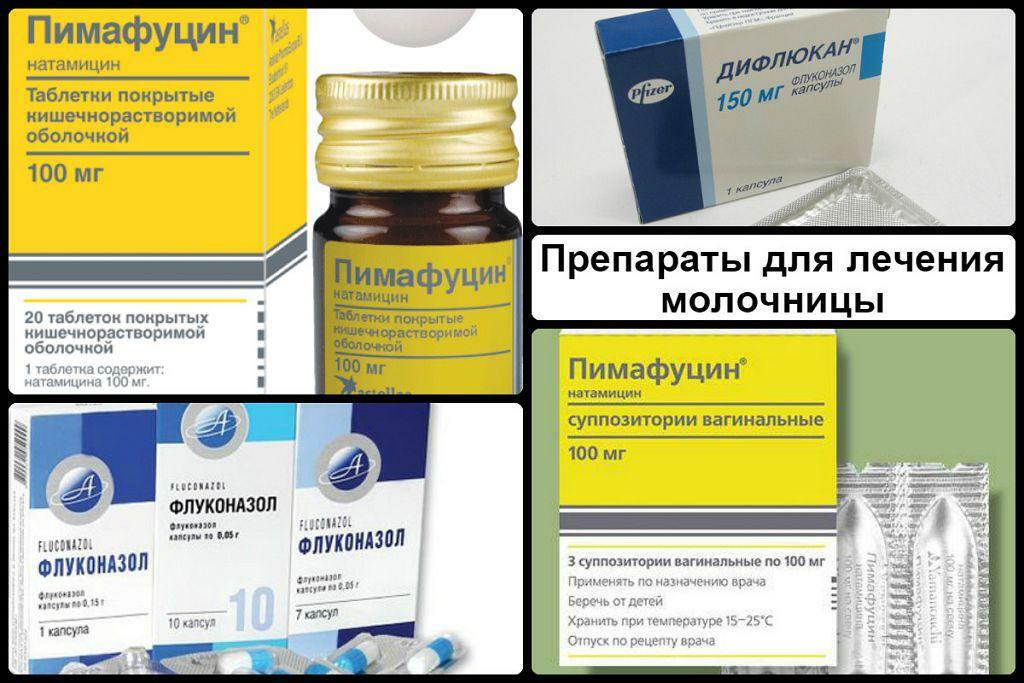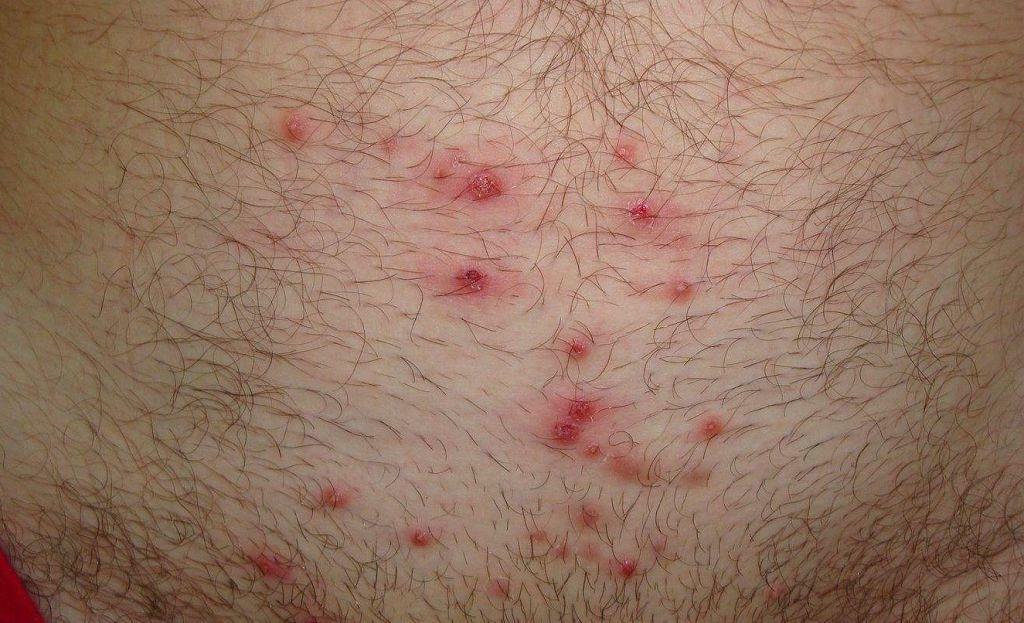Lyme disease - a disease with a primary lesion of the skin, nervous and cardiovascular system, the musculoskeletal system, prone to long-term course.
The disease can occur at any age, but more often - in children under 15 and adults aged 25-44 years.
Pathogens: Borrelia.
The reservoir and the source of Lyme disease - many species of wild and domestic vertebrates and birds (mainly different types of wild rodents, white-tailed deer, elk, and others.). The natural foci of pathogens circulating between ticks and wild animals. Prokormitelyami mites are the more than 200 species of wild animals.
The mechanism of transmission of Lyme disease - through the blood, rare - Used when raw milk (especially goat), through the bite of the tick, with its saliva, faeces (when rubbed into the bite site during scratching)
Immunity after Lyme disease unstable - several years after recovery possible reinfection.
Risk Factors zarazheniyaa: stay in the mixed forest (habitat mites), especially in the period from May to September.

Manifestations of Lyme disease
Lyme disease incubation period ranges from 1 to 50 days, averaging 10-12 days.
Step I (local infection)
Develops in 40-50% of those infected in the first month after a tick bite.
Characterized by flu-like flow with fever, headaches, weakness, malaise, sore muscles and joints, sometimes with severe chills. Body temperature can be high, up to 39-40 ° C; fever can last up to 10-12 days. Sometimes there is nausea and vomiting.
Dry cough, runny nose, sore throat - are rare. The main feature of which is specific for Lyme disease - migrant annular redness. Approximately 20% of patients it can be the only display of the first stages of the disease.
First, in the bite of the tick occurs stain - uniform redness portion gradually (over several days) expanding in all directions up to tens of centimeters in diameter. The edges of the spots become clear, bright, red, raised above the level of healthy skin. In some patients the center spot gradually fades, turns into koltsevidy acquires a bluish tint. In the spot area may itch, moderate pain.
When antibiotic treatment redness persists for several days, without treatment - up to 2 months or more. After his disappearance may be weak pigmentation, peeling.

step II
Develops in 10-15% of infected within a few weeks or months (usually in the absence of adequate treatment). Expressed in the lesions of the nervous and cardiovascular system (heart pain, palpitations), skin lesions in the form of ring-shaped elements, urticaria.
Other changes: liver disease, eye, angina, bronchitis, Damage to the kidneys.
step III
Formed within 1-3 months after the first two phases (sometimes in 6-12 months or longer). The disease becomes prolonged relapsing course with weakness, fatigue, headache, irritability, or depression, sleep disturbances, Lesions of various organs and systems.
Diagnostics
- Blood analysis
- The reaction of indirect immunofluorescence for detection of antibodies to Borrelia (main serologic method in Russian)
- ELISA for antibodies to Borrelia (results can be negative for the disease stage I or against the background of antibiotic therapy and, on the other hand, false positives at a fever of rocky mountains, the system red erythematosus, rheumatoid arthritis)
- PCR for detection of Borrelia protein in tissues, serum and synovial fluid (most specific).
Lyme Disease Treatment
Treatment of Lyme disease occur permanently in an infectious diseases hospital.
In Step I:
Antibiotic therapy in 2-3 weeks:
- Doxycycline 100 mg of 2 r / d
- Amoxicillin 500 mg 3 / day (children 25-100 mg / kg / day) inside
- Antibiotic reserve - ceftriaxone on 2.0 g / m 1 r / d
Against the background of antibacterial therapy may develop Jarisch-Herkskhaymera (fever, intoxication on the background of Borrelia mass destruction). In this case the antibiotic for a short time override, then the reception is resumed at a lower dose.
In step II Lyme disease:
Antibiotic therapy for 3-4 weeks
- In the absence of changes in the cerebrospinal fluid are shown doxycycline 100 mg of p 2 / day or 500 mg amoxycillin 3 r / day orally
- When there are changes in the cerebrospinal fluid - ceftriaxone 2 g 1 r / d, cefotaxime 2 g every 8 h or penicillin G (sodium salt) at 20-24 million U / day / in
In Step III:
- Doxycycline 100 mg of 2 r / d or amoxicillin 500 mg 3 / day orally for 4 weeks
- If no effect - ceftriaxone 2 g 1 r / d, cefotaxime 2 g every 8 h or penicillin G (sodium salt) at 20-24 million U / day / for a period of 2-3 weeks.
The prognosis of the disease
Early initiation of antimicrobial therapy reduces current duration and prevent the development of later stages of the disease.
At a late stage Lyme disease treatment is not always successful - with the defeat of the nervous system of a poor prognosis.
Doxycycline should not be used during pregnancy.



